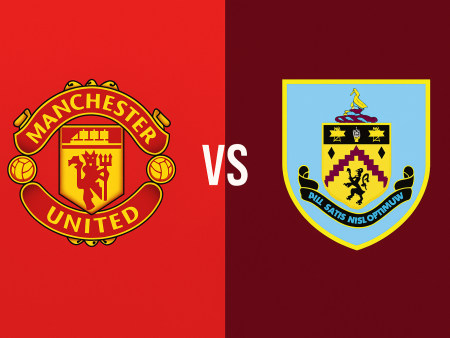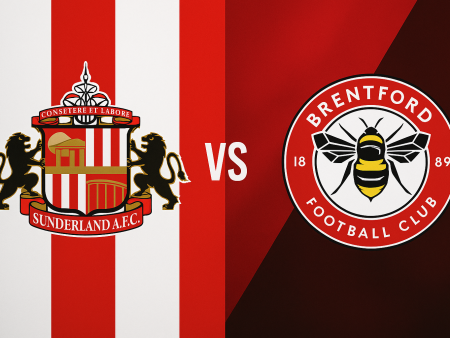Liverpool’s Struggles: A Tactical Analysis of Their Difficult Season
As Liverpool clashed with Manchester City in a high-stakes Premier League encounter, the dominant narrative suggested this fixture could determine Liverpool’s title ambitions. Instead of a spirited contest, Liverpool endured a heavy defeat on their home turf - marking their third Anfield loss of the season and their fifth overall. This profound dip in form has raised key questions about the factors behind Liverpool’s downturn. This article dissects the tactical missteps, squad challenges, and systemic issues contributing to Liverpool’s difficulties throughout the campaign.
The Impact of Virgil van Dijk's Injury on Liverpool’s Structure
Central to Liverpool’s recent troubles is the prolonged absence of Virgil van Dijk. His season-ending injury, compounded by sidelined defenders Joe Gomez and Joel Matip, forced manager Jürgen Klopp to deploy midfielders such as Fabinho and Jordan Henderson in central defense. This disruption triggered a domino effect throughout the side.
Without natural center-backs:
- Henderson and Fabinho, while adept with the ball, lack the nuanced positional sense needed at the heart of defense-especially in moments under pressure.
- Midfield control suffers, as Liverpool’s engine room misses the duo’s tactical awareness and pressing energy.
- Full-backs like Trent Alexander-Arnold and Andrew Robertson, typically aggressive in attack, have become more conservative, hindering their overlap and attacking influence.
A clear example of defensive confusion arose when Liverpool goalkeeper Alisson struggled for passing options under Manchester City’s relentless pressing. Miscommunications led to costly mistakes, highlighting how the lack of specialists in defensive roles undermines both composure and stability during buildup play.
Van Dijk is also renowned for initiating attacks with pinpoint long passes. With his absence, Alexander-Arnold has tried to pick up the slack from deeper, but with reduced effectiveness and fewer opportunities to directly influence attacks high up the pitch.
On the positive side, the injury crisis allowed Nathaniel Phillips to step up. While he brings no-nonsense defending reminiscent of Dejan Lovren, Liverpool’s failure to adequately replace Lovren in the transfer market only deepened their defensive woes. Ultimately, shifting key midfielders into the backline has weakened Liverpool's balance at both ends of the field.
Midfield Uncertainty: Thiago’s Influence and Its Challenges
Europe’s elite clubs sought Thiago Alcantara for his technical brilliance and creative spark, but his addition to Liverpool’s midfield has proven a tactical double-edged sword.
Previously, Liverpool’s right flank thrived on fluid interchanges between Alexander-Arnold, Henderson, and Mohamed Salah. Henderson’s movement offered cover for his rampaging full-back and intricate interplay with Salah. Thiago, in contrast, tends to play a freer, more individualistic game, often drifting from his assigned position.
This has led to several issues:
- Defensive structure suffers when midfielders must repeatedly compensate for Thiago’s roaming, exposing gaps and breaking the coordinated pressing that once defined Liverpool’s identity.
- Thiago’s penchant for risky tackles and aggressive challenges has resulted in frequent fouls and bookings, disrupting Liverpool’s ability to regain possession cleanly.
- On the ball, Thiago typically orchestrates play with skillful switches and lofted passes. However, these passes often lack urgency, allowing opponents to reorganize and limit Liverpool’s attacking potency.
- Relationships on the flanks, such as the productive Robertson-Wijnaldum and Alexander-Arnold-Henderson pairings, have been interrupted, stifling the creativity and variety that made Liverpool formidable in wide areas. Trent Alexander-Arnold’s chance creation and crossing numbers, for instance, have declined.
While Thiago’s talent is undoubted, integrating him into Liverpool’s well-drilled midfield has inadvertently created instability, both defensively and offensively.
The Decline of Liverpool’s Front Three
Another area of concern is Liverpool’s famed attacking trio: Mohamed Salah, Sadio Mane, and Roberto Firmino. While Salah continues to find the net with consistency, the collective output and threat from the trident have dropped noticeably.
Key symptoms of their struggles include:
- Over-reliance on Salah for decisive moments. Rather than integrating all three forwards in fluent moves, Liverpool often resort to funneling play through Salah, hoping for individual brilliance.
- Mane’s finishing confidence has waned. He appears less sharp and decisive in front of goal, potentially affected by psychological factors or fatigue.
- Firmino’s involvement in build-up play remains impressive, but he is not taking enough shots or contributing enough goals.
- With van Dijk out, Liverpool have been less able to use accurate long balls to launch their attacks, further restricting the trio’s usual movement and combinations.
Diogo Jota’s bright early season form (five goals in his first nine appearances) offered hope and increased competition in attack. His injury, however, robbed Liverpool of a fresh dynamism and another reliable source of goals.
Without a collective resurgence from Mane, Firmino, and Jota’s early season influence, Liverpool’s attack has been easier for opponents to contain. The team needs sharper interplay and renewed threat from the entire frontline to rediscover its edge.
Paths to Recovery: Can Liverpool Turn Around Their Season?
Despite a challenging campaign, Liverpool remain in contention for a top-four finish. Reinstating Fabinho and Henderson in midfield could restore balance, energy, and tactical discipline, while new center-back signings may help solidify the backline.
For Liverpool to move closer to their previous standards, the following steps are crucial:
- Re-establish a settled, specialist central defense to free midfielders for their primary roles.
- Revitalize attacking patterns to involve all front-line players more consistently, reducing overdependence on Salah.
- Encourage Mane and Firmino to regain confidence and shooting form, and expedite Jota’s return to bolster attacking options.
- Define clearer roles in midfield to harness Thiago’s strengths while maintaining shape and coverage.
Although another league title may be out of reach, Liverpool have opportunities to right their course and finish the season strong, laying foundations for renewed success in the future.













